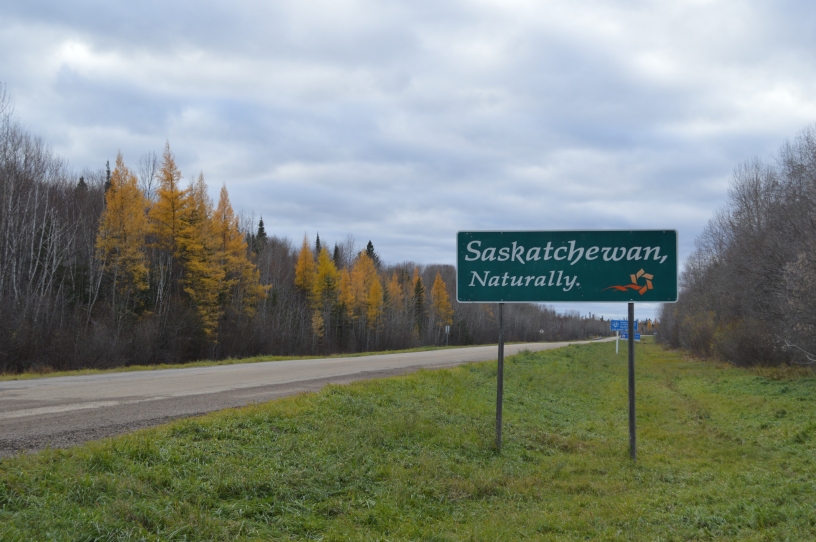Welcome back to This is Still a Thing Thursday – but hold on, we’ll get to that in a minute.
Saskatchewan is the “most” for a lot of things. Most ignored province (in constant contention with Manitoba). Most flat province (if you stay south of Saskatoon).
I’ve been pretty pro-Saskatchewan on this blog, because I believe you should love where you live – or at least try to. And there are many great things about where I’m living, but it’s time to come face to face with the negatives.
Here are the upsetting statistics I promised:
Fact: Saskatchewan has the highest rates of teen pregnancy.
Saskatchewan has the highest rate of intimate partner violence, intimate partner homicide and sexual assault.
Saskatchewan has 256 boil water or do not consume water advisories – second only to B.C.’s 298. And when you consider population, Saskatchewan “wins” by a landslide.
The number of Indigenous people in Saskatchewan with HIV is twice the national average – and highest in Canada.
While we’re on the topic of Indigenous people – Maclean’s Nancy Macdonald wrote a great but depressing article that noted if you’re Saskatchewanian and Indigenous, you’re 33 times more likely to be jailed. The article stated that Saskatchewan has the highest number of dangerous offenders per capita – 80 per cent are Indigenous. And (yes, there’s more) 81 per cent of adults sentenced to that province’s custody are Indigenous.
It’s depressing, yes. I’ve heard that Saskatchewan has the highest suicide rate in the country. Ole reliable Wikipedia has given that dubious honour to Nunavut and provincially to Quebec. Don’t get too excited, because this source sets Saskatchewan as the worst province. You decide – I’m still stuck on Nunavut’s suicide rate.
I’ve also heard rumours about our literacy rates being terrible, but I didn’t find any helpful statistics to that effect. It actually seems like the Maritime provinces might have the corner on that market.
Which brings me to my conclusion and the “This is Still a Thing Thursday” part of this post: all Canadians are equal, but some are more equal than others.
Access to quality health and mental health care is not equally available across the country. The young people who have committed suicide in Northern Saskatchewan are a testament to that.
Prevention of diseases like HIV is not equal across the country. Sex ed and contraceptives may not be equally available across the country. Saskatchewan is either behind, or underfunded, or both. Transfer payments are clearly not making things “fair”.
Provincial inequality is still a thing. These stats are just the tip of the iceberg and this province is just one of many spaces in Canada feeling the pain.
P.S. If you or someone you know is considering suicide, you should know there are people who can help: http://suicideprevention.ca/need-help/
